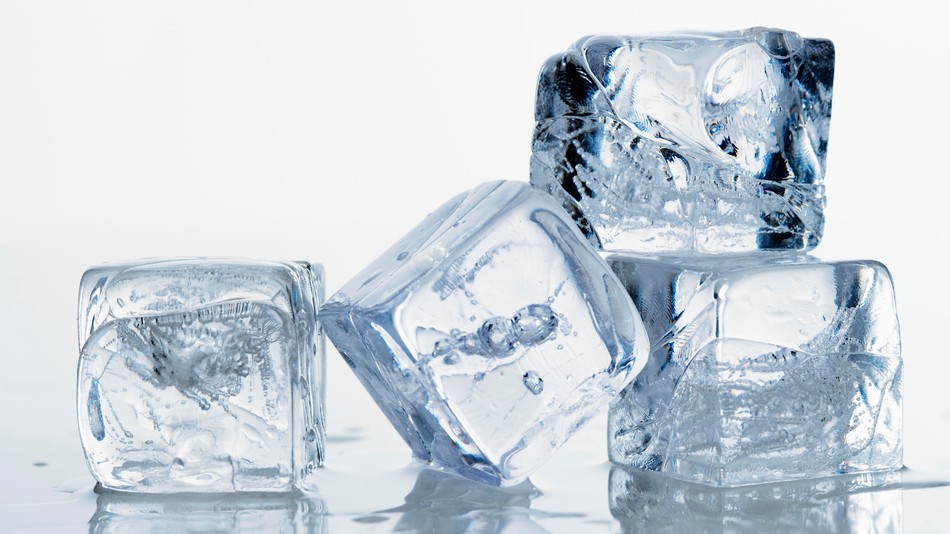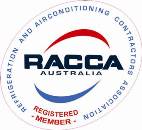
The latest figures for the Australian HVAC&R sector have been released. Cold Hard Facts 3, the newest installation of three reports, aims to inform industry, policy makers, and the general public with a broad view on equipment, refrigerant, energy consumption and emissions. The reports also assist in establishing a guideline to measure industry progression.
As summarised by HVACR News, the key changes since the release of Cold Hard Facts 2 in 2012 include:
- Employment in the HVAC&R sectorrose from 173,000 (1.5% of 11.53m) to 298,400 (2.5% of 12.47m). These people are employed in more than 20,000 businesses operating in the industry, and earned approximately $24bn in wages and salaries in 2016.
- Direct spending– on purchasing, installing, maintaining and operating RAC equipment – rose from $26.2bn (1.7% of $1,522bn) to $38.11bn (2.3% of $1,679bn).
- Electricity userose slightly, from 59,100GWh (23.5% of 251,000GWh) to 61,000GWh (23.6% of 258,000 GWh). RAC technology in all its forms is the single largest electricity consuming class of technology in Australia.
- Greenhouse emissions rose slightly from 64.5Mt CO2e (11.9% of 547Mt) to 68.71Mt CO2e (12.4% of 554Mt). This is made up of 58.7Mt CO2e of indirect emissions (that is, from electricity consumption by HVAC&R) and 10Mt CO2e of direct emissions from leaks and equipment end-of-life losses.
- The stock of equipmentrose from 45m to 50m pieces. Of special note was the increase in the walk-in coolroom sector – up 265% from 98,100 to 258,000.
To read Cold Hard Facts 3, the report can be found on the Department of the Environment and Energy website here.



